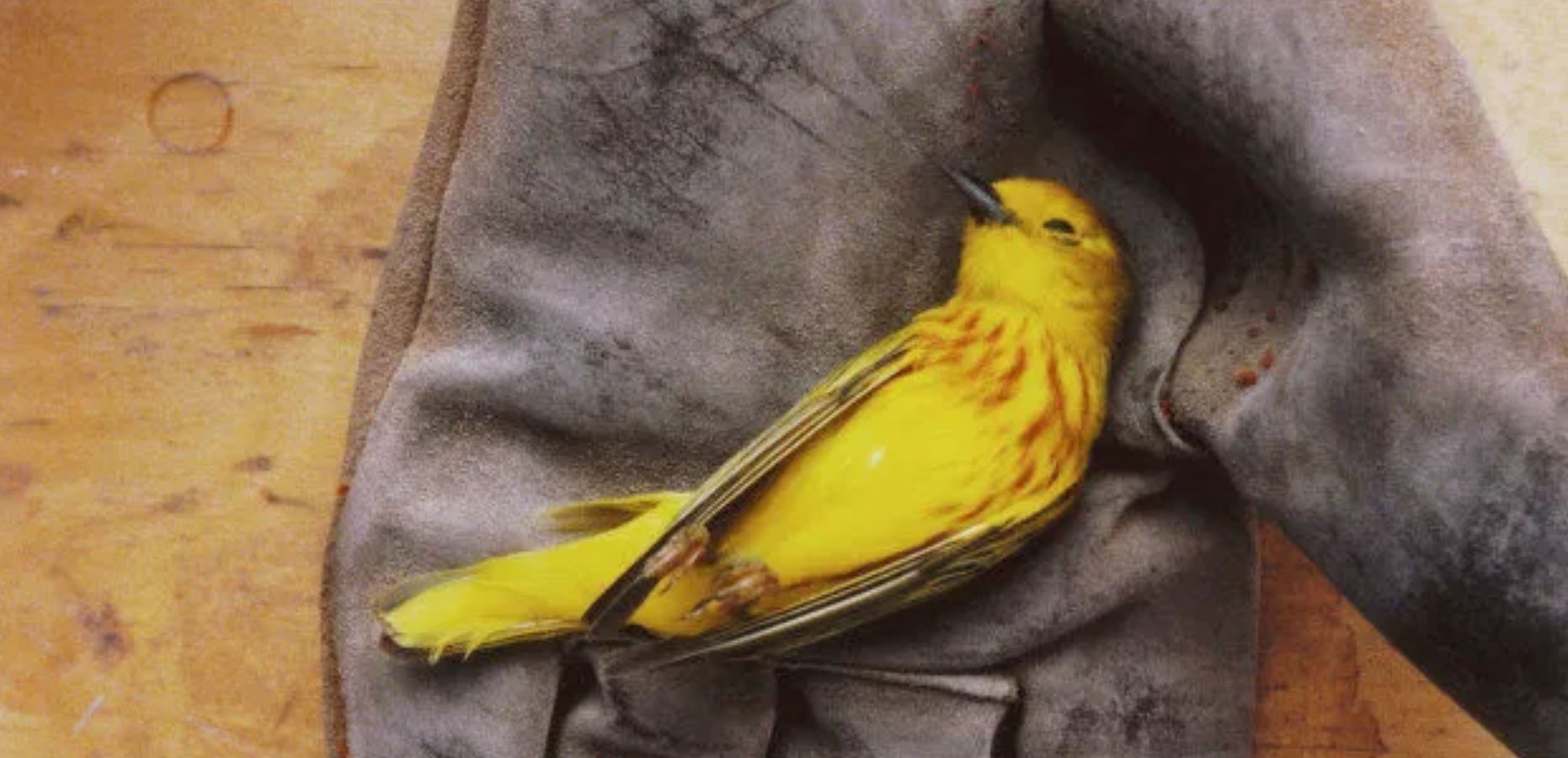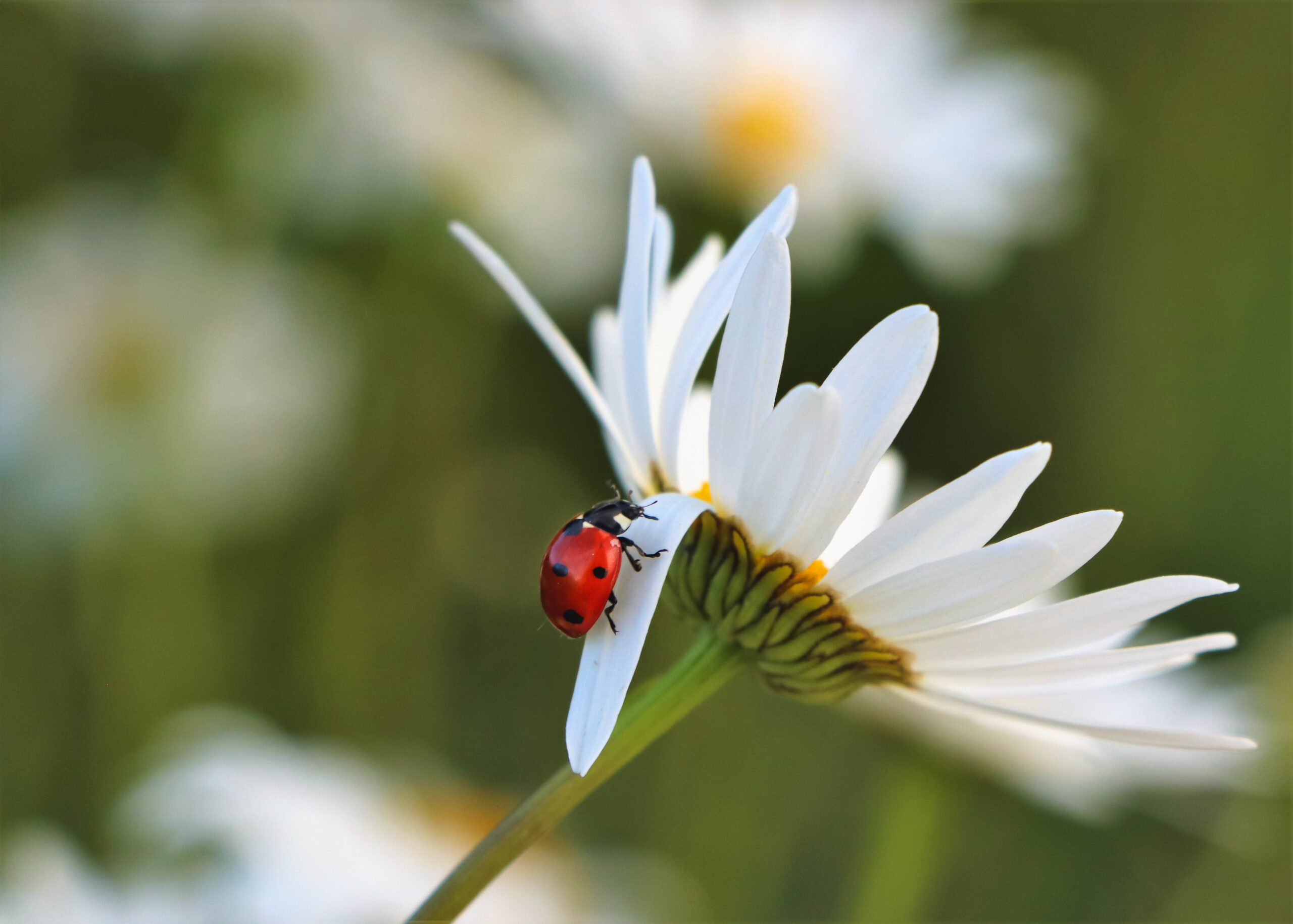Canaries in the Coal Mine: Biodiversity Loss as an Early Warning Sign
Imagine a magnificent, intricate tapestry woven with countless threads, each representing a unique species in Earth’s vibrant ecosystem. Sadly, this once-majestic tapestry is unraveling at an alarming rate. Biodiversity loss, the rapid decline and disappearance of plant and animal species, represents a profound ecological crisis with far-reaching consequences.
Why Does Biodiversity Matter?
- Ecosystem Health: Biodiversity isn’t just a pretty picture; it’s the foundation of healthy ecosystems. Pollinators like bees and butterflies ensure food security, plants purify water and air, and diverse predators keep prey populations in check. Lose a thread, and the entire tapestry weakens.
- Human Well-being: Our very survival depends on a healthy planet. Clean air, water, and food are gifts from the web of life. Biodiversity underpins these vital resources, and its decline threatens our own well-being.
- Natural Heritage: Each species represents a unique chapter in Earth’s history, a testament to the incredible diversity of life. We have a moral obligation to safeguard this precious heritage for future generations.
The Unraveling Threads:
- Habitat Loss: Deforestation, urbanization, and unsustainable agricultural practices destroy and fragment natural habitats, pushing countless species towards extinction.
- Climate Change: Rising temperatures and shifting weather patterns disrupt delicate ecosystems, leaving many species struggling to adapt or migrate.
- Overexploitation: Hunting, fishing, and resource extraction often exceed sustainable limits, pushing vulnerable populations beyond the brink.
But even amidst this unraveling, hope remains! Dedicated individuals and communities around the world are weaving threads of conservation and awareness back into the diversity of life.
[Image showcasing a vibrant tapestry gradually unraveling at one corner, representing the concept of biodiversity loss. Intertwined with the tapestry are images of deforestation, climate change, and overexploitation, symbolizing the causes of the crisis. However, a small hand is visible, carefully reweaving threads back into the tapestry, offering a message of hope and potential action.]
Weaving Hope: Stories of Biodiversity Champions and Everyday Actions
The tapestry of life might be unraveling, but threads of hope are being woven back in by passionate individuals and dedicated communities around the globe. These biodiversity champions, both big and small, inspire us to rise to the challenge and become protectors of Earth’s incredible diversity. Let’s meet some of them and discover how we can all, in our own unique ways, contribute to this vital mission:
From Grassroots Guardians to Global Movements:
- The Maasai Mara Elephant Rescue: In Kenya, the Maasai Mara Elephant Rescue works tirelessly to protect orphaned elephants, providing them with a safe haven and reintroducing them into the wild. Their dedication ensures the survival of these gentle giants and restores balance to the ecosystem.
- The Jane Goodall Institute: Founded by the legendary primatologist Dr. Jane Goodall, the institute continues its pioneering research and conservation efforts for chimpanzees and their habitats across Africa. Their work sheds light on our closest animal relatives and inspires global action to protect endangered species.
- The Pollinator Partnership: This non-profit organization champions the vital role of pollinators like bees and butterflies in food security and healthy ecosystems. Through education, research, and community initiatives, they raise awareness and promote pollinator-friendly practices.
Everyday Heroes Weaving Threads of Change:
- The Backyard Butterfly Brigade: Imagine transforming your backyard into a haven for fluttering pollinators! The Backyard Butterfly Brigade provides resources and guidance to create butterfly-friendly gardens, one backyard oasis at a time.
- The Community Conservation Network: From urban gardens to beach cleanups, the Community Conservation Network empowers individuals to take action in their local communities. Their network connects volunteers with diverse conservation projects, weaving a web of collective action.
- The Sustainable Seafood Advocate: Our choices at the market matter! By choosing sustainably sourced seafood and learning about responsible fishing practices, we can become stewards of our oceans and the incredible diversity they hold.
Remember, every action, however small, contributes to the greater tapestry of conservation. Here are some ways you can weave your own threads of hope:
- Reduce your footprint: From minimizing waste and conserving water to supporting sustainable businesses, everyday choices make a difference.
- Educate yourself and others: Learn about the challenges and solutions surrounding biodiversity loss, and share your knowledge with friends, family, and community members.
- Support conservation organizations: Donate your time, resources, or voice to organizations working tirelessly to protect endangered species and habitats.
- Advocate for change: Let your voice be heard! Speak up for policy changes that prioritize biodiversity conservation and hold businesses accountable for their environmental impact.
The Earth’s tapestry of life is a precious legacy, and its future rests in our hands. By learning from the inspiring stories of biodiversity champions and taking action in our own lives, we can reweave the threads of hope and ensure that this vibrant tapestry continues to adorn our planet for generations to come.

Defending Diverse Domains: Tackling Threats and Embracing Conservation Solutions
The tapestry of life stretches across diverse ecosystems, each a unique thread woven into the grand fabric of Earth. But these vital landscapes face a multitude of threats, unraveling the delicate balance that sustains countless species. Let’s embark on a journey across these ecosystems, exploring the specific challenges they face and discovering innovative solutions that offer hope for the future.
Under the Canopy: Saving Our Rainforests:
- The Threat: Deforestation for logging, agriculture, and mining, coupled with the relentless creep of climate change, is shrinking the world’s precious rainforests at an alarming rate. This devastates biodiversity, displaces indigenous communities, and disrupts global climate patterns.
- The Solution: Sustainable forestry practices, community-led conservation initiatives, and carbon offset programs can protect existing forests and promote responsible land management. Technologies like satellite monitoring and drone patrols help combat illegal logging, while reforestation efforts stitch new threads back into the green tapestry.
Beneath the Waves: Guardians of the Ocean:
- The Threat: Overfishing, pollution, and ocean acidification threaten the delicate balance of marine ecosystems, pushing coral reefs to the brink and jeopardizing countless species. Plastic pollution chokes marine life, disrupting food chains and leaving a lasting scar on the ocean’s tapestry.
- The Solution: Marine protected areas and sustainable fishing practices offer safe havens for vulnerable species and allow fish populations to recover. Innovative technologies like “ghost gear” retrieval systems combat plastic pollution, while research into coral restoration promises to mend damaged reefs.
Across the Plains: Champions of Wild Lands:
- The Threat: Habitat fragmentation due to infrastructure development and unsustainable agricultural practices isolates and shrinks wildlife populations. This disrupts predator-prey relationships and threatens the future of iconic species like elephants, lions, and wolves.
- The Solution: Wildlife corridors provide safe passage for animals, reconnecting fragmented habitats and allowing populations to thrive. Community-based conservation programs incentivize sustainable land management, while ecotourism initiatives offer economic benefits to local communities while protecting wildlife.
Remember, the solutions to these challenges lie not just in grand technologies and sweeping policies, but also in collective action and individual choices. From supporting sustainable seafood to reducing your plastic footprint and advocating for responsible land management, every thread counts in the tapestry of conservation.

Tech Titans and Citizen Champions: Unlocking the Power of Innovation and Engagement
In the face of biodiversity loss, technology and citizen science emerge as powerful allies, weaving threads of hope into the tapestry of conservation. From citizen scientists gathering vital data to groundbreaking technologies monitoring species and habitats, innovation and engagement are empowering us to understand and protect Earth’s diverse ecosystems like never before.
Tech Titans Unleashing Conservation Solutions:
- AI for Animal Tracking: Imagine cameras equipped with artificial intelligence automatically identifying threatened species and their movements. This technology, already in use, provides invaluable data for conservation efforts, allowing researchers to track poaching activities and optimize patrol routes.
- Drones: Guardians from Above: Soaring drones monitor vast landscapes, mapping deforestation patterns, spotting illegal logging activities, and identifying endangered species populations from the air. These aerial guardians provide a bird’s-eye view of conservation challenges, informing decision-making and guiding targeted interventions.
- Environmental DNA (eDNA): A Genetic Fingerprint of Life: Imagine collecting water samples and unlocking the secrets of entire ecosystems! eDNA analysis reveals the presence of species even when they remain unseen, providing a powerful tool for monitoring biodiversity and detecting invasive species.
Citizen Science: Weaving a Web of Awareness and Action:
- Community Biodiversity Monitoring: From birdwatchers recording migratory patterns to volunteers monitoring coral reefs, citizen science engages individuals in collecting data and contributing to scientific research. This not only fuels knowledge but also fosters a sense of ownership and responsibility for local ecosystems.
- Online Platforms: Connecting the Dots: Online platforms like Zooniverse and eBird connect citizen scientists with researchers around the world, allowing individuals to analyze images, classify species, and contribute to global conservation projects. This collective effort crowdsources valuable data and empowers individuals to become active participants in protecting biodiversity.
- Conservation Education Through Technology: Virtual reality experiences transport users to endangered rainforests, interactive apps gamify species identification, and online courses delve into the intricacies of ecosystem conservation. Technology allows us to educate, engage, and inspire individuals of all ages, fostering a generation of passionate biodiversity advocates.
The tapestry of life thrives on the interplay of technological advancements and passionate citizen engagement. Embrace the tools available, join citizen science initiatives, and share your knowledge and experiences with others. Every click, every observation, and every conversation becomes a stitch in the grand canvas of conservation.

Weaving a Future of Harmony: A Tapestry of Hope and Sustainable Living
The Earth’s tapestry of life, once unraveling at alarming speed, now shimmers with threads of hope. Through the dedicated efforts of champions, the power of innovative technology, and the unwavering commitment of citizen scientists, we are rewriting the narrative of biodiversity loss. Let’s weave these threads together, crafting a vision for a future where humans and nature thrive in vibrant harmony.
A Mosaic of Conservation Successes:
- Reforesting barren landscapes: From the Great Green Wall in Africa to community-led initiatives in Brazil, reforestation efforts stitch new threads of green back into the tapestry. These projects capture carbon, restore habitats, and empower local communities.
- Protecting marine sanctuaries: Marine protected areas provide safe havens for countless species, allowing their populations to recover and ecosystems to flourish. These underwater havens, woven with vibrant coral reefs and teeming fish populations, offer a glimpse into a healthier ocean.
- Building wildlife corridors: From elephant crossings in India to green bridges over highways in Europe, wildlife corridors reconnect fragmented habitats, allowing animals to migrate freely and maintain healthy populations. These threads of connectivity ensure long-term survival and ecological balance.
Living in Harmony with the Tapestry of Life:
- Embrace sustainable choices: From reducing your carbon footprint and supporting local food producers to minimizing plastic waste and choosing eco-friendly products, everyday decisions become stitches in the tapestry of sustainability.
- Become a citizen scientist: Contribute to vital research by participating in monitoring programs, sharing wildlife observations, or joining online platforms dedicated to citizen science. Every bit of data collected strengthens our understanding of biodiversity and informs conservation efforts.
- Advocate for change: Let your voice be heard! Support pro-conservation policies, hold businesses accountable for their environmental impact, and inspire others to embrace sustainable living.
Remember, young Earth defenders, the future of the tapestry of life lies in our hands. We have the power to choose threads of destruction or threads of hope. By embracing sustainable practices, championing conservation efforts, and inspiring others to join the movement, we can weave a future where humans and nature live in harmony, where biodiversity flourishes, and the tapestry of life becomes a vibrant symbol of our collective commitment to a greener planet.
Let this not be the end of your journey, but rather the beginning. Carry the hope woven in these words, share the stories of champions, and take action in your own communities. Together, we can reclaim the beauty of the unraveled threads, stitch by stitch, and turn the tide towards a future where the tapestry of life thrives, forever vibrant and interconnected.
Go forth, young Earth defenders, and weave your own threads of hope into the grand tapestry of life!

Governmental Resources:
- The National Wildlife Federation: This reputable organization offers comprehensive information on biodiversity loss, its causes, and consequences, along with resources for action: https://www.conservation.org/blog/why-is-biodiversity-important (Image: A family hiking through a vibrant forest, representing the National Wildlife Federation’s focus on connecting people with nature.)
- The United States Fish and Wildlife Service (USFWS): This federal agency provides detailed information on endangered and threatened species, habitat loss, and conservation efforts: https://www.fws.gov/ (Image: A close-up photo of a majestic bald eagle, a species protected by the USFWS, symbolizing the importance of conservation.)
- The Environmental Protection Agency (EPA): The EPA offers resources on how climate change and pollution impact ecosystems and biodiversity, highlighting the interconnectedness of environmental issues: https://www.epa.gov/climate-change (Image: A split image showcasing a pristine natural landscape on one side and a polluted industrial area on the other, illustrating the environmental impact of human activities.)
Non-Profit Organizations:
- The Natural Resources Defense Council (NRDC): This leading environmental organization provides research and advocacy on biodiversity conservation, highlighting the legal and scientific aspects of protecting ecosystems: https://www.nrdc.org/ (Image: A group of diverse individuals protesting for environmental protection, showcasing the collective action efforts of the NRDC.)
- The Nature Conservancy: This organization focuses on land conservation and habitat protection, offering resources on specific ecosystems and endangered species: https://www.nature.org/en-us/ (Image: A photo of a lush rainforest canopy, highlighting the Nature Conservancy’s work in protecting critical ecosystems.)
- The World Wildlife Fund (WWF): This global organization offers resources on biodiversity loss around the world, including specific information on US ecosystems and species: https://wwf.panda.org/ (Image: A photo of a playful panda cub in a bamboo forest, representing the WWF’s efforts in protecting diverse species and ecosystems.)
Educational Resources:
- The American Museum of Natural History: This renowned museum offers online exhibits and educational materials on biodiversity, ecosystems, and the importance of conservation: https://www.amnh.org/ (Image: A photo of the iconic dinosaur skeletons at the American Museum of Natural History, showcasing the museum’s dedication to understanding and preserving biodiversity.)
- The Smithsonian Institution: This vast network of museums offers educational resources on various environmental topics, including biodiversity and ecosystems: https://www.si.edu/ (Image: A photo of the Smithsonian’s National Museum of Natural History, highlighting the institution’s vast collection of specimens and educational resources on biodiversity.)
- Cornell Lab of Ornithology: This leading bird research and education center offers resources on the role of birds in ecosystems and the threats they face due to biodiversity loss: https://www.birds.cornell.edu/home/ (Image: A vibrant photo of a variety of colorful birds singing in a tree, symbolizing the Cornell Lab’s work in bird research and conservation.)













